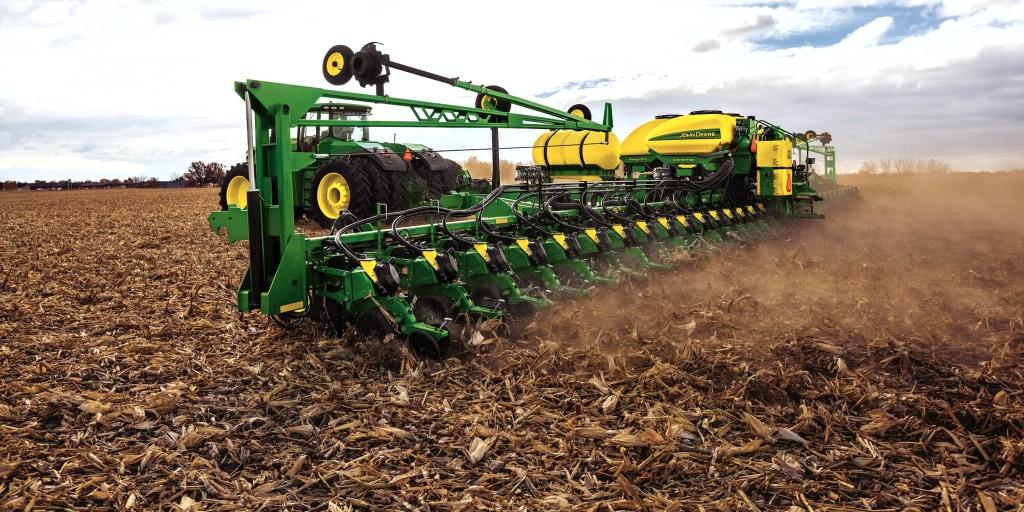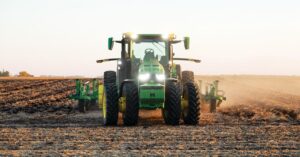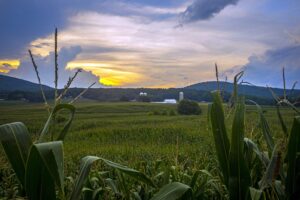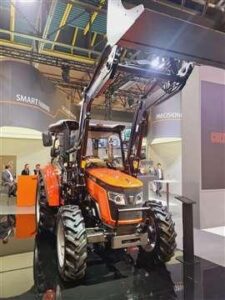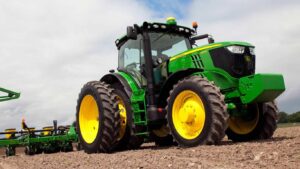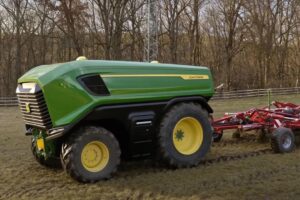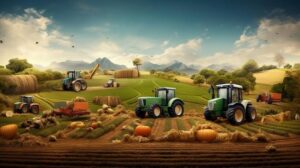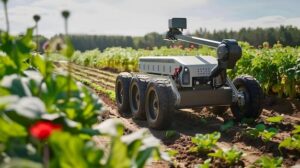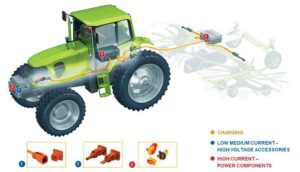As agricultural technology continues to evolve, farmers across the country are preparing for significant equipment upgrades this spring. From advanced GPS-guided tractors to precision planting systems, manufacturers are introducing new features designed to enhance efficiency and productivity in the field. These upcoming releases represent the latest developments in farming machinery, offering solutions to long-standing challenges while incorporating cutting-edge digital innovations. Agricultural innovators are introducing groundbreaking equipment solutions designed to revolutionize farming operations this spring. Several major manufacturers have unveiled advanced machinery featuring integrated smart technology, improved fuel efficiency, and enhanced precision capabilities.
Leading the technological transformation is a new line of autonomous tractors equipped with AI-driven navigation systems. These machines utilize advanced sensors and GPS technology to operate independently, allowing farmers to manage multiple operations simultaneously. The enhanced efficiency could potentially increase productivity by up to 30% while reducing labor costs.
Precision planting equipment has also received significant upgrades, with new models featuring variable-rate seeding technology. These systems automatically adjust seed spacing and depth based on soil conditions, moisture levels, and terrain variations. Real-time data collection and analysis capabilities enable farmers to optimize seed placement for maximum yield potential.
Irrigation systems are becoming more sophisticated with the introduction of smart sprinkler controls and soil moisture sensors. These innovations help conserve water resources while ensuring optimal crop hydration. The latest systems can be monitored and adjusted remotely through mobile applications, providing unprecedented convenience and control.
Harvesting equipment manufacturers have developed more efficient combines with improved threshing mechanisms and larger grain handling capacity. New models feature automated header height control and improved separation systems, reducing grain loss and increasing overall harvest efficiency. Some units include built-in yield mapping capabilities, allowing farmers to analyze productivity patterns across their fields.
Spray equipment has evolved with the integration of precision application technology. New sprayers feature individual nozzle control, allowing for more accurate chemical application and reduced overlap. This advancement not only saves on input costs but also promotes environmental sustainability through decreased chemical usage.
Storage and handling systems have also seen notable improvements. Modern grain bins now include automated moisture monitoring and temperature control systems. These features help maintain optimal storage conditions and prevent crop loss due to spoilage.
The latest equipment offerings emphasize connectivity and data integration. Most new machines can seamlessly share information with farm management software, creating comprehensive digital records of all field operations. This integration enables better decision-making through detailed analysis of historical data and current conditions.
Manufacturers have also focused on operator comfort and safety. New cabin designs feature improved ergonomics, reduced noise levels, and enhanced visibility. Advanced warning systems and automated safety features help prevent accidents and reduce operator fatigue during extended working hours.
Financial institutions are offering specialized equipment financing programs to help farmers access these technological advancements. Many manufacturers have introduced flexible leasing options and competitive financing rates to make these upgrades more accessible to operations of all sizes.
The integration of these new technologies and equipment upgrades represents a significant step forward in agricultural efficiency and sustainability. These advancements are positioned to help farmers meet growing food production demands while managing resources more effectively.


